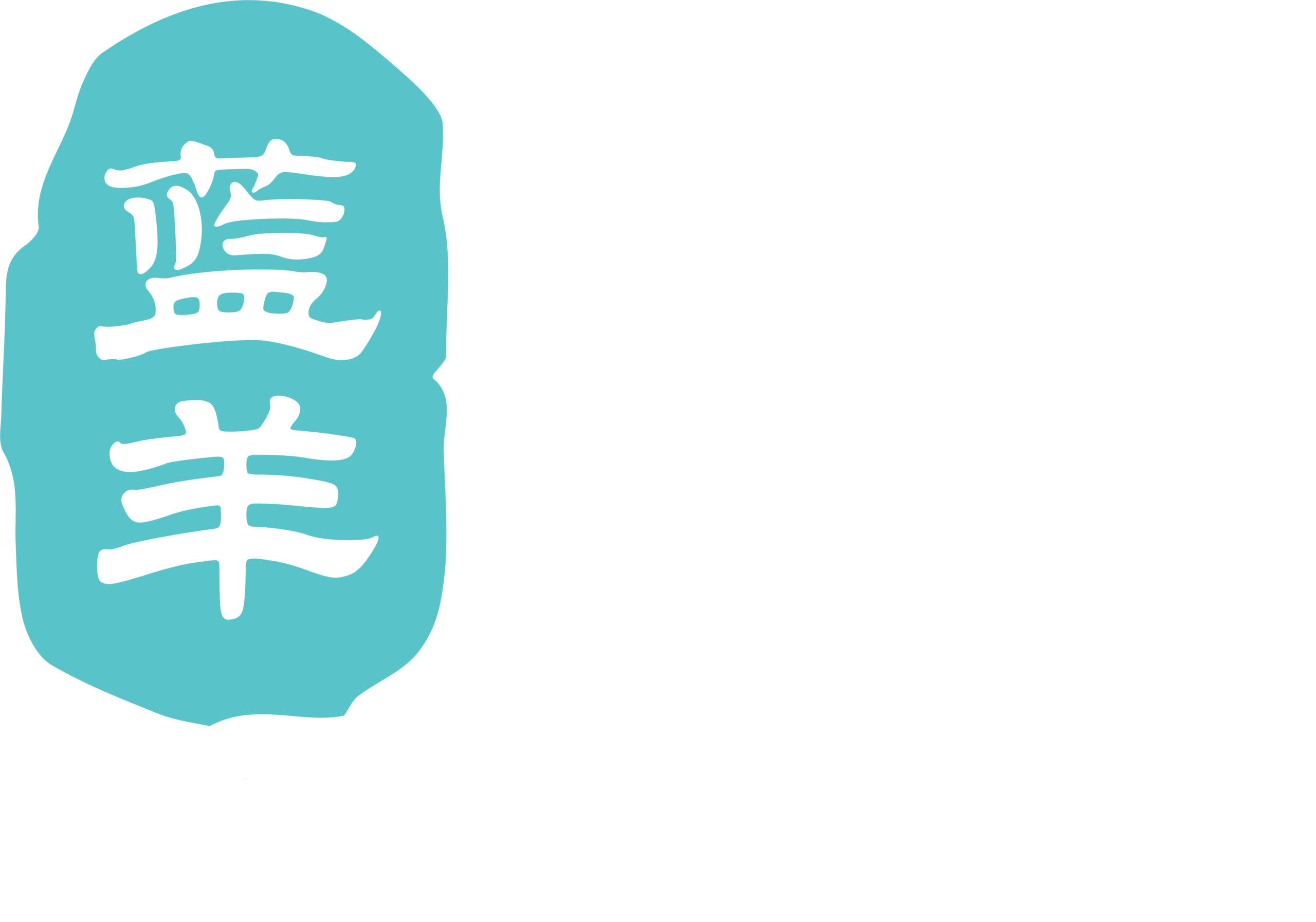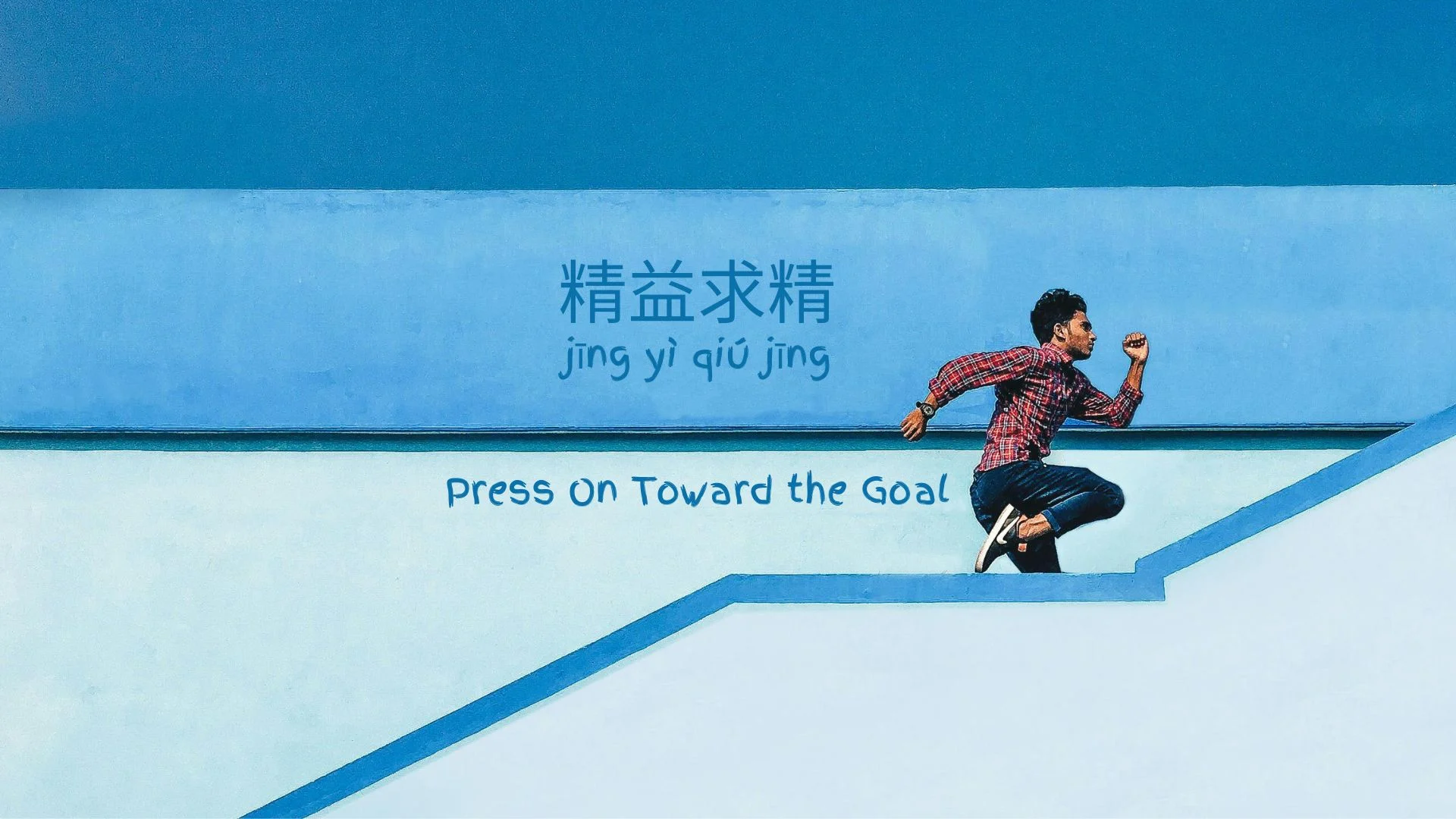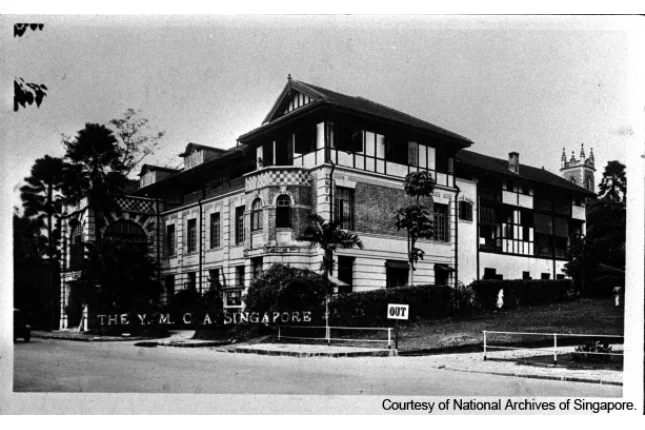Last weekend at the hawker centre, something caught my attention: people seemed more upbeat than usual. After ordering my food and preparing to PayNow as always, the stall aunty held out her phone with a different request: “Do you have CDC voucher?” That moment marked my first CDC voucher redemption.
What struck me most was the scene repeating itself throughout the hawker centre. Store after store, stall owners had their phones ready to scan CDC vouchers, and they were genuinely smiling. There was an energy in the air that felt different from typical weekends.
The buzz extended beyond the hawker centre. In my personal chat groups, CDC vouchers dominated conversations. While most were positive, some grumbled: “Why give vouchers? Just give cash instead.”
The Strategic Choice: Vouchers Over Cash
The debate between cash and vouchers reflects different priorities. Some friends argued that cash would stretch further if spent in Johor, while others preferred the flexibility to save or invest the money. These perspectives, while understandable, miss the broader economic strategy at play.
The CDC voucher system serves a dual purpose that cash handouts simply cannot achieve. First, it directly supports Singaporeans grappling with inflation by reducing their daily expenses. Second, and perhaps more importantly, it channels spending toward local retail and food establishments in our housing estates, which are the small businesses that form the backbone of neighbourhood economies.
When we use CDC vouchers, we’re not just saving money on our meals; we’re participating in economic stimulus that keeps money circulating within Singapore. The smiles I witnessed from stall owners weren’t just about increased sales but reflected genuine relief and optimism about their businesses’ prospects.
Allowing government assistance to flow overseas or disappear into savings accounts would render the purpose entirely ineffective. The voucher system ensures that every dollar of government support translates into local economic activity, helping our neighbourhood businesses stay competitive and prosper.
This targeted approach demonstrates thoughtful policy design that balances immediate relief for citizens with long-term economic resilience for our communities.
Laying the Groundwork for the Future Economy
Beyond the immediate economic benefits, the CDC voucher system is quietly establishing something far more significant: the technological infrastructure for Universal Basic Income (UBI). Every QR code scan, every digital transaction, and every seamless redemption is testing and refining the systems that could one day support a fundamental shift in how we distribute economic support.
The infrastructure we’re building today includes the digital payment platforms and the verification systems that prevent fraud, which represent the backbone of what UBI would require. We’re essentially conducting a real-world pilot program, training both citizens and businesses in digital payment behaviours while testing the technology at scale. The familiarity I witnessed at the hawker centre, where stall owners effortlessly handled voucher transactions, demonstrates how quickly our society adapts to new economic mechanisms when they’re properly implemented.
Universal Basic Income is a social program where all citizens receive regular, unconditional cash payments from the government, regardless of their employment status or income level. Unlike traditional welfare systems that target specific groups or circumstances, UBI provides a financial foundation for everyone, theoretically enabling people to pursue education, entrepreneurship, or caregiving without the fear of destitution. Proponents argue it could address job displacement from automation and artificial intelligence, while critics question its affordability and potential effects on work incentives. As AI continues to reshape the job market, UBI has gained attention as a potential solution for ensuring economic security in an increasingly automated world.
UBI and the Future of Work
Singapore’s position as a global AI hub makes the conversation about UBI particularly relevant. As artificial intelligence becomes more sophisticated, many traditional jobs face the possibility of automation. From data entry clerks to financial analysts, even roles that once seemed secure are being transformed by AI capabilities. The hawker centre stall owners I observed may not be immediately threatened by AI, but the broader service economy will inevitably need to adapt as technology advances.
The transition won’t happen overnight, which gives Singapore a strategic advantage in preparing for this shift. By implementing systems like CDC vouchers today, we’re not just supporting current economic needs but also building the social and technological infrastructure for tomorrow’s challenges. When AI displaces certain job categories, having a proven digital payment system and a population comfortable with government-supported income could mean the difference between economic disruption and smooth transition.
Rather than waiting for mass unemployment to force our hand, Singapore appears to be taking a proactive approach. The CDC voucher system serves as both an immediate economic stimulus and a long-term preparation for a future where work itself may be redefined. As we stand on the brink of an AI revolution that could fundamentally alter how value is created and distributed in society, the humble QR code transactions happening in our neighbourhood hawker centres may represent the early stages of one of the most significant economic transformations in human history.

Singapore, More Ready than Most Countries
Most countries cannot afford to provide a UBI. For example, if we deploy UBI today in the United States, distributing $10,000 to 300 million Americans, the program will cost the federal government 3 trillion, representing 85% of the $3.5 trillion federal income collected from federal tax. This massive fiscal burden explains why no country has successfully implemented a full UBI system yet.
Singapore, however, is uniquely positioned to fund such a program without draining the country’s reserves. With GIC managing approximately $800 billion and Temasek holding $288 billion in assets, Singapore’s sovereign wealth funds alone manage over $1 trillion. More importantly, about 20% of annual Government spending is already funded by investment returns on reserves through the Net Investment Returns Contribution (NIRC), which was estimated at S$27.2 billion for Financial Year 2025.
The scale of Singapore’s UBI would be far more manageable than global examples suggest. While the total population is 6.04 million, UBI would realistically only cover Singapore citizens aged 21 and above, following the precedent set by CDC vouchers and SG60 vouchers. With 3.64 million citizens total and considering age demographics, the eligible population would likely be around 2.8 to 3 million adults. This dramatically reduces the fiscal burden compared to providing UBI to the entire population.
With a GDP per capita of $90,689 in 2024, Singapore’s strong economy can support UBI implementation. Research shows that around 39% of adult citizens would benefit from a UBI system, meaning it would primarily help lower- and middle-income Singaporeans while being funded through taxes on higher earners and government investment returns.
The key advantage lies in Singapore’s investment infrastructure. Unlike other countries that would need to dramatically increase taxes or cut essential services to fund UBI, Singapore could potentially finance such a program through increased utilisation of its NIRC framework.
The Net Investment Returns Contribution (NIRC) framework allows the Government to use investment returns from Singapore’s reserves for annual spending in a sustainable way. Currently, the Government can spend up to 50% of the long-term expected real return from assets managed by GIC, MAS, and Temasek. This contributed S$27.2 billion to the 2025 budget, representing about 20% of annual Government spending. Importantly, this system protects at least 50% of investment returns to ensure the reserves continue growing for future generations.
The Government currently takes up to 50% of the long-term expected real return from assets managed by GIC, MAS, and Temasek, leaving substantial room for increased contributions without touching the principal reserves. This financial flexibility, combined with the digital payment infrastructure already being tested through CDC vouchers, positions Singapore as perhaps the first country capable of implementing a sustainable, technology-driven UBI system.
A Practical UBI Model
A practical Singapore UBI would likely provide partial rather than full income support. Consider a monthly payment of $1,200 per eligible citizen, enough to cover necessities but insufficient for complete financial independence. This approach addresses one of UBI’s biggest criticisms: the risk of creating work disincentives that could lead to social unrest or economic stagnation.
At $1,200 monthly for approximately 3 million eligible citizens, the total annual cost would be around $43 billion. This represents roughly 1.6 times the current NIRC contribution of $27.2 billion, making it financially feasible through expanded use of investment returns without touching Singapore’s substantial reserves. Citizens would still need to work to maintain their desired lifestyle, but the UBI foundation would enable more flexible employment arrangements.
Transforming Work, Not Eliminating It
This partial UBI model could revolutionize Singapore’s workforce dynamics. Rather than eliminating work, it would enable job sharing, reduced working hours, and more diverse employment patterns. Workers could afford to take risks with entrepreneurship, pursue further education, or engage in part time work without fear of destitution. Parents could spend more time with children, and individuals could pursue meaningful but lower paying careers in arts, social services, or community work.
The economic benefits extend beyond individual freedom. With UBI providing basic security, companies could offer more flexible arrangements without worrying about employee financial stability. This could lead to increased productivity as workers become more engaged and less stressed about meeting basic needs. The gig economy would flourish as people could choose projects based on passion and skill rather than pure financial necessity.
Singapore’s aging population makes this transformation particularly relevant. As automation handles routine tasks, UBI would enable older workers to transition into mentoring roles, part time consulting, or creative pursuits without facing financial hardship. Younger workers could take gap years for skill development or start businesses without risking their livelihood. This creates a more dynamic, adaptable workforce better positioned for the AI economy.
Building a Learning Society
The social fabric would strengthen as well. With reduced financial stress, communities could benefit from increased volunteerism, more time for civic engagement, and stronger family bonds. Cultural activities, local arts scenes, and community organizations would thrive as people have both time and mental space to contribute. Rather than creating a society of dependents, UBI would unleash human potential by removing the survival anxiety that often prevents people from pursuing their highest contributions to society.
Perhaps most importantly, UBI would accelerate Singapore’s SkillsFuture and lifelong learning initiatives. Currently, many workers struggle to improve their skills because they cannot afford to reduce working hours for education. With UBI providing basic security, citizens could dedicate significant time to learning new technologies, acquiring AI-adjacent skills, or transitioning to entirely new fields without risking their ability to pay rent or feed their families.
This learning revolution would be essential as AI displaces traditional jobs. Workers could spend months mastering data analysis, learning to work alongside AI systems, or developing uniquely human skills like emotional intelligence and creative problem solving. Singapore’s already robust continuing education infrastructure would see unprecedented utilization as people have both the time and financial safety to invest in their future capabilities.
The result would be a more balanced society where work remains valued and necessary, but where economic security provides the foundation for human flourishing and innovation.




